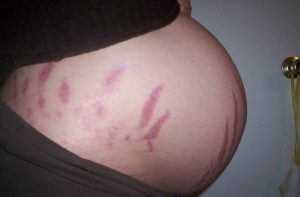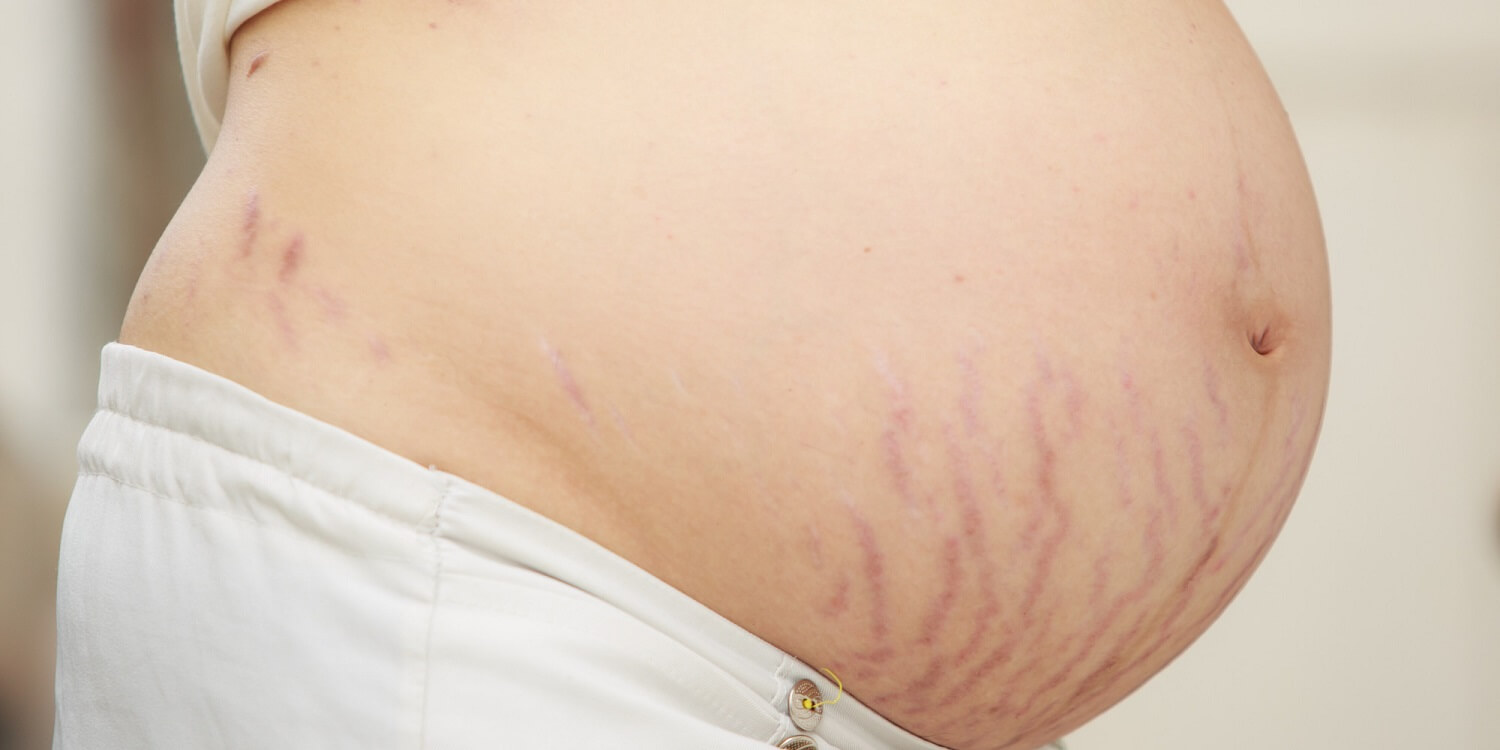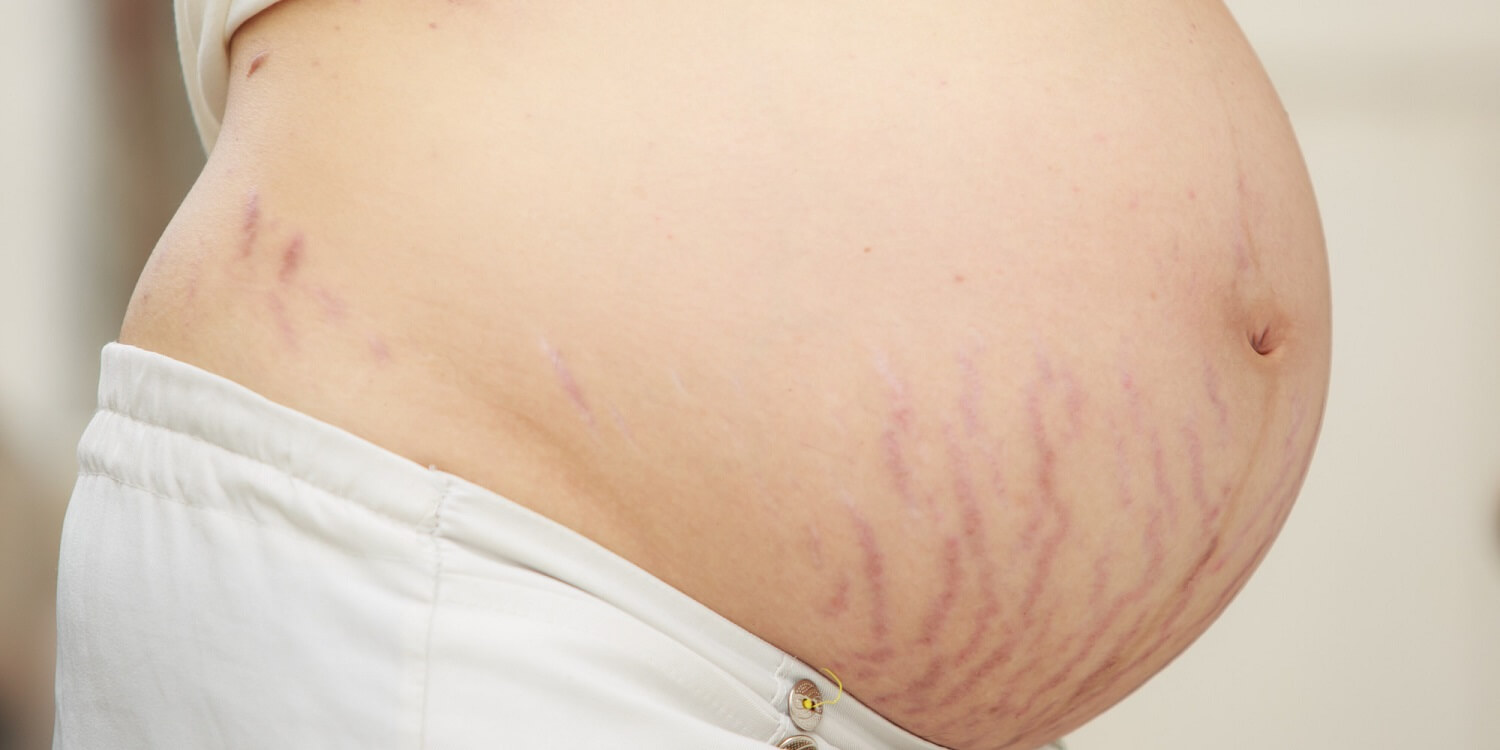Why Do We Get Stretch Marks During Pregnancy?


Written and verified by the doctor Nelton Ramos
Women’s bodies go through several changes during pregnancy, both physical and emotional. Some of the physical changes, particularly when they are irreversible, can even cause emotional scars. This is often the case when women develop stretch marks during pregnancy.
These marks, which can appear on the stomach or other areas of a pregnant woman’s body, happen when skin stretches, and when it lacks elasticity.
Many changes take place when a woman gives birth to a baby. Everything has to be rescheduled, including routines, free time and even sleep. Alongside this upheaval in your daily life, your body will also go through changes. Stretch marks are one of these.
Many woman understand that having stretch marks is just part of being a mother. But it’s also common for women to feel ashamed of them.

During pregnancy, a woman’s skin stretches, causing marks to appear. These are most common around the abdomen, which is the area that has to grow the most.
Your body is making space for your belly to grow, to accommodate the life that is developing inside; that is, to make room for your baby.
“Stretch marks have not ruined your body. You are a tigress, who has earned her stripes”
-Anonymous-
Stretch marks start out as red stripes. Over time, they can turn silver or even white. The good news is that in some cases, it is possible to prevent stretch marks or reduce their appearance.
To do this, you need to take the right measures during pregnancy – before the marks appear. Taking care of your skin, keeping it hydrated inside and out and massaging your stomach are important to avoid stretch marks and lessen their appearance.
But why do stretch marks appear in the first place?
Why do we get stretch marks during pregnancy?
Stretch marks appear when a pregnant woman’s body starts to grow more quickly than her skin. This puts the skin under stress, causing the elastic fibers beneath its surface to break. This is what causes the stretch marks that so many women dread.
The two most common areas for stretch marks during pregnancy are the stomach and breasts. They can also appear on the upper and lower arms, buttocks and thighs.
The marks begin as purplish stripes or red marks, and little by little they fade to grey or white. When they are red or purple, there is blood in them.

An estimated 90% of women around the world will develop stretch marks during pregnancy, usually by the sixth or seventh month.
Genetics plays an important role in determining whether or not you will have stretch marks on your abdomen. If your mother got stretch marks when she was pregnant, it is likely that you will, too.
The color of your stretch marks will depend on your skin tone. If you have very pale skin, you are likely to get them earlier on in your pregnancy, and they may be more prominent.
If you have darker skin, on the other hand, it’s possible that you won’t get stretch marks at all, or they may be smaller. Skin with more melanin also tends to be more flexible.
Although there are methods to prevent and treat stretch marks, there is no way to know whether or not they will work for you.
No single strategy has been proven to work reliably. The only thing to keep in mind is that over time, your stretch marks will become less noticeable as their color lightens.
This text is provided for informational purposes only and does not replace consultation with a professional. If in doubt, consult your specialist.
